We live in a great time for the usage of iPhones in photography. More and more photographers have taken to this medium, and little wonder. Right in our pockets, we can store the devices which continue to improve: an abundance of updates and applications have developed to fit all our needs, and smartphones are now so powerful that they can function not only as good second cameras, but even as a photographer's first pick.
Phones to the Rescue
Perhaps you too have experienced the relief of having a decent camera in your pocket. For me, one of my most memorable moments of using an iPhone as a camera wasn't even with my own phone.
While traveling on a bus in México City, I saw a humorous scene unfolding before me and I knew I needed to capture it — but both my cameras were buried beneath my seat, stowed in a trash bag for protection, since it was raining. Another passenger saved me from missing the chance to capture the moment; I borrowed an iPhone, took the image, and sent it to my e-mail. Later, I did some post-production development in Lightroom (which was easy since the program has the same workflow for JPEG and RAW), and then I had the picture I wanted.
An iPhone can also save you from missing out on countless pictures once you learn how to employ the device.
What Are the Keys to Using an iPhone
Shooting with a phone can push you to new levels, because you can begin to capture different ambiences, genres, or inspiring details you come across in your day-to-day activities, or charming stills, architecture, and other great subjects that you might have overlooked before because you did not have your camera on hand. You can even explore less serious, more playful shots with the simple medium an iPhone presents.
Just like no camera can make composition decisions for you, no phone has this capability either. Don't become lazy because you're only using a phone; keep your mind on composition, seek out interesting scenes, and base your compositions on your own point of view. The phone's LCD screen is a great tool for you to use as you improve your competence in composition. An iPhone is just as capable of good composition as any other camera because the skill of composition is in the hands of the photographer alone.
The Benefits of Shooting With an iPhone
Lucky for you, shooting with a phone is inconspicuous and can help you remain stealthy as you wander the streets. You won't find it necessary to shoot from the hip to catch a candid photograph of strangers. The presence of a phone is nonthreatening, and you are likely to have no trouble with passing by unnoticed.
Thanks to phone photography, bad weather can become a truly desirable condition for street photography. Some excellent phones are weather-sealed (while for cameras, this feature is only available on flagship models), and since you do not have to worry about keeping your camera totally dry, you can experiment with taking pictures in inclement weather conditions. Such lighting can be great for portraits and some street photography too.
What to Look for in iPhone Photography Apps
You can choose from a variety of applications that supply editing tools at the tap of a finger, allowing you to modify your photos on the go. Some of the choices include:
- Black and white
- Color correction
- Color development
- Depth of field
- Filtering
- HDR
- Panoramic
- Perspective fixing
- Sharpening
- Soft focus
- Vignetting
Some great apps that are worth looking at are Snapseed (Android Link) and Camera +.
Rebel Sauce has released a decent set of filters for the iPhone, but the application I'm most familiar with is VSCO Cam. This app was developed from early packages for Adobe Lightroom that emulate different types of film.
Bonus Tip
You might find you really need a selfie stick after all. Not for selfies, of course, but for enhancing your point of view: you can use a selfie stick as a light monopod to get different perspectives when doing street or even social-event photography. I find it useful, and you might, too.

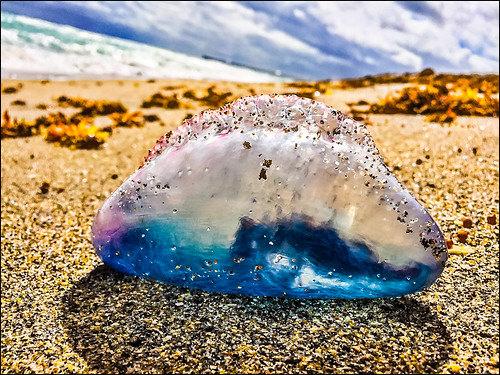




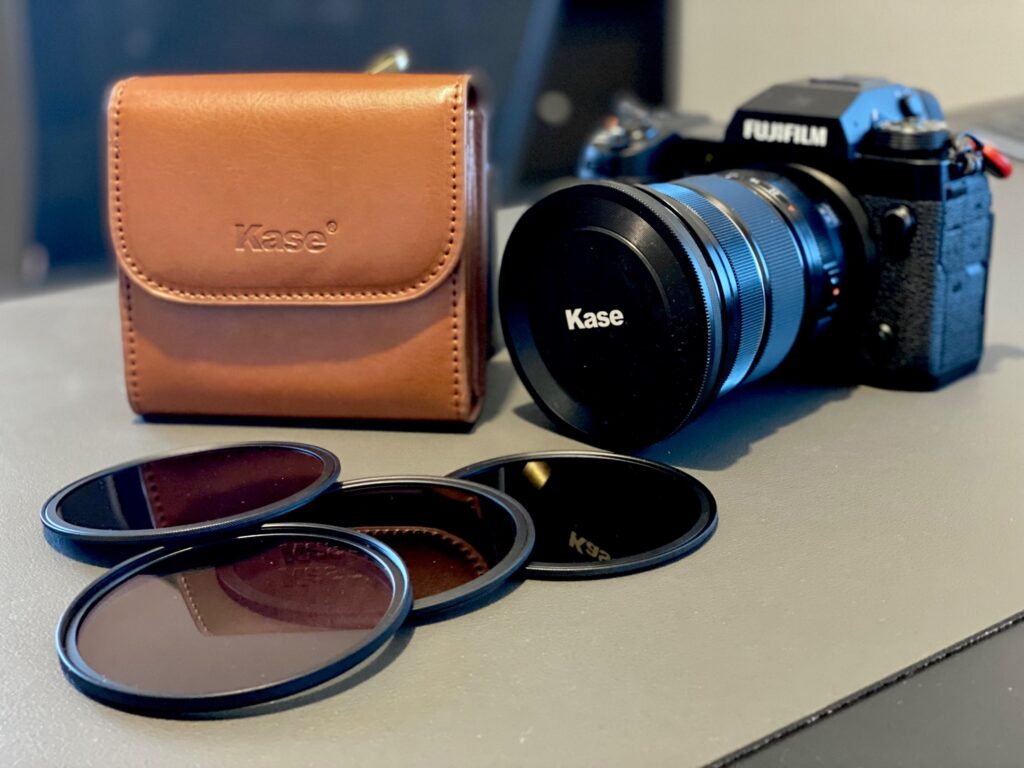
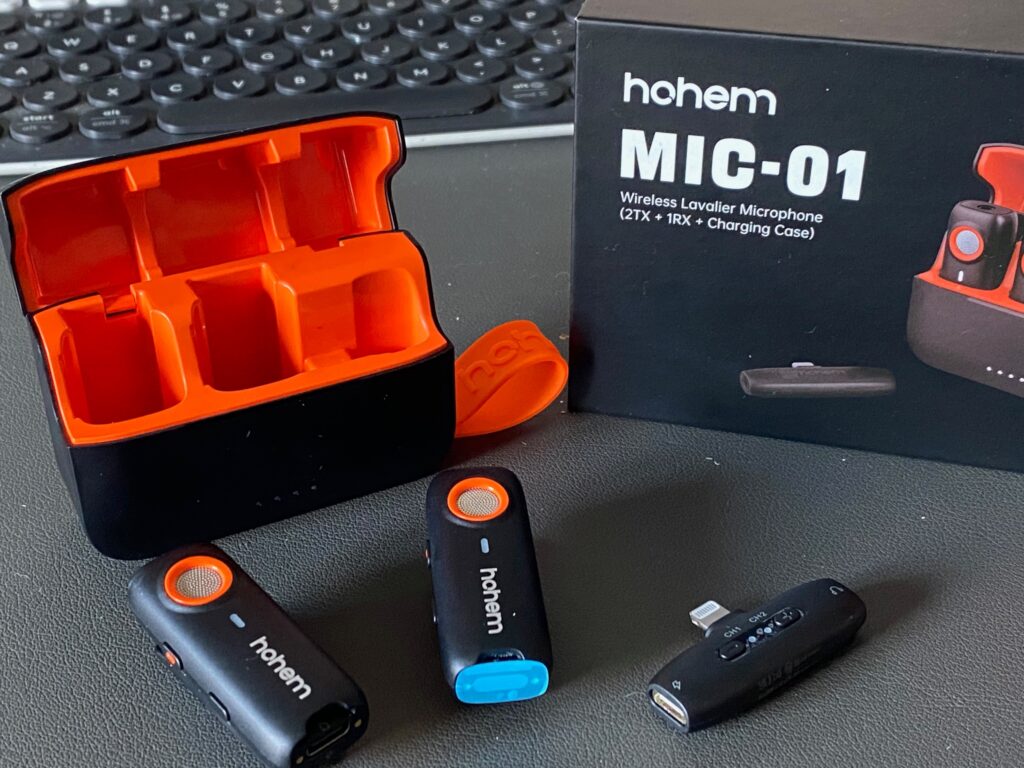
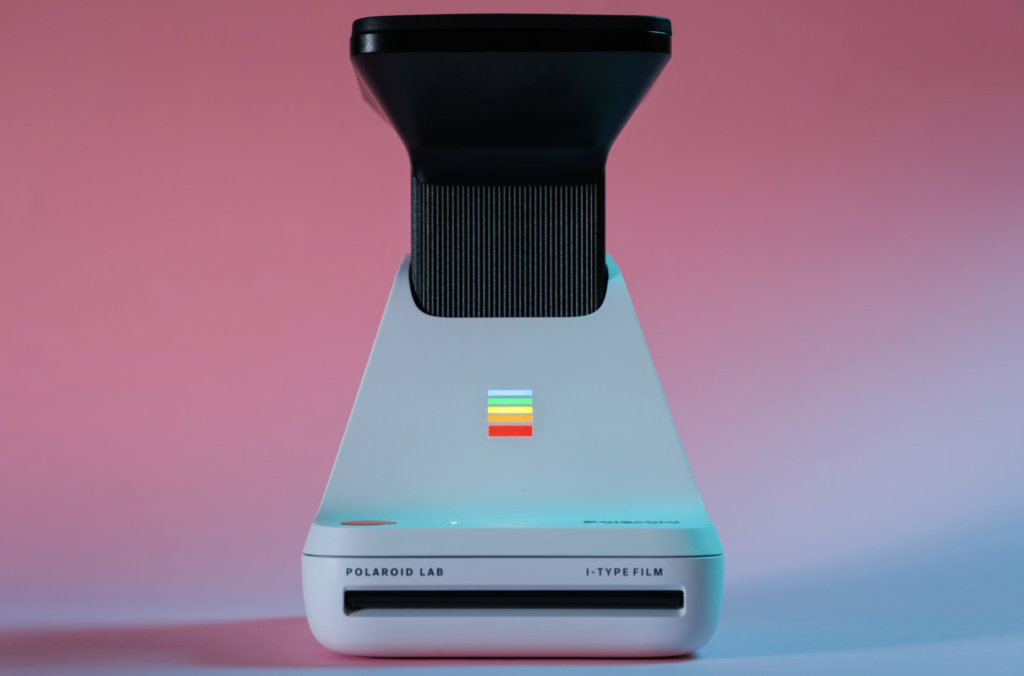
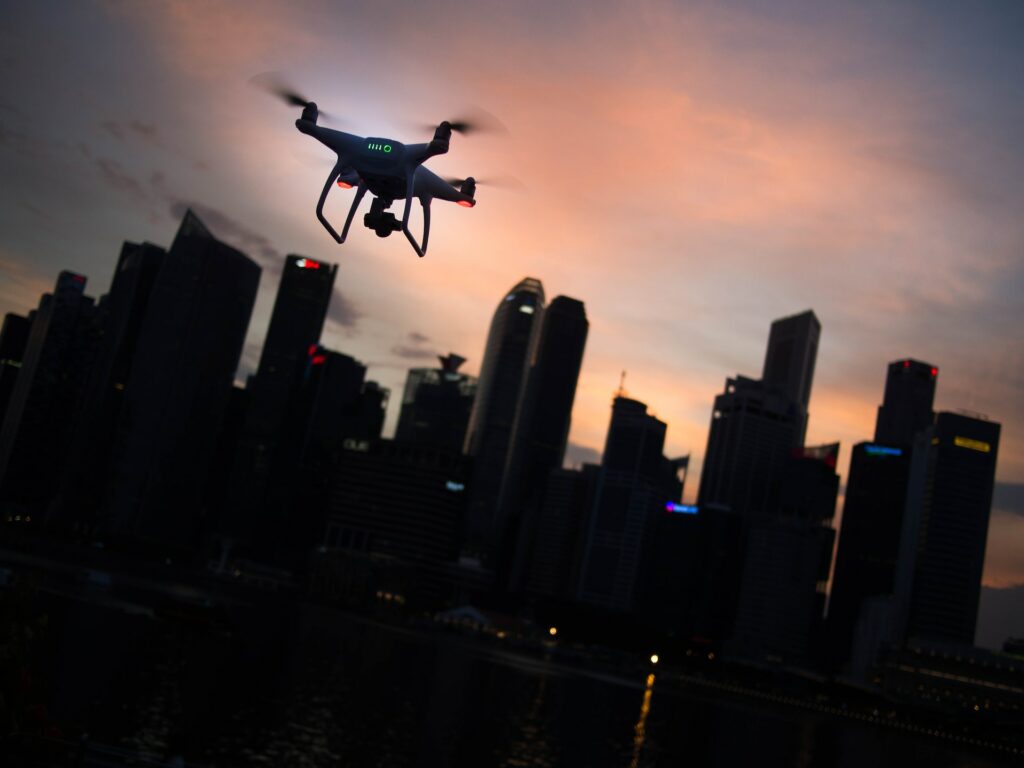
3 Comments
great works.really mysterical
I am now determined to use my iPhone much more as my first choice of camera. Security alone makes it easier to conceal and thanks for the tips on apps to use.
this is all about iphone 🙁